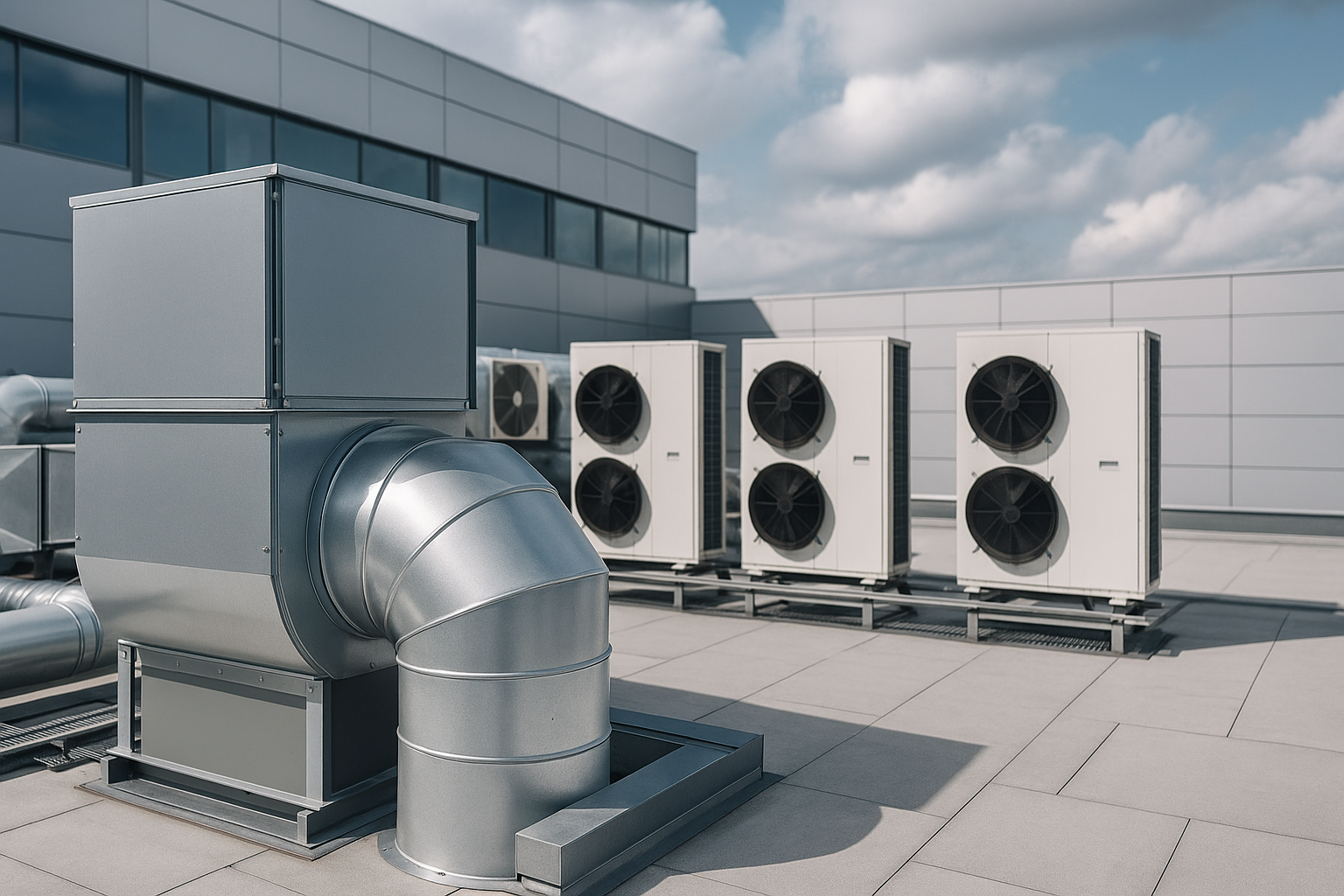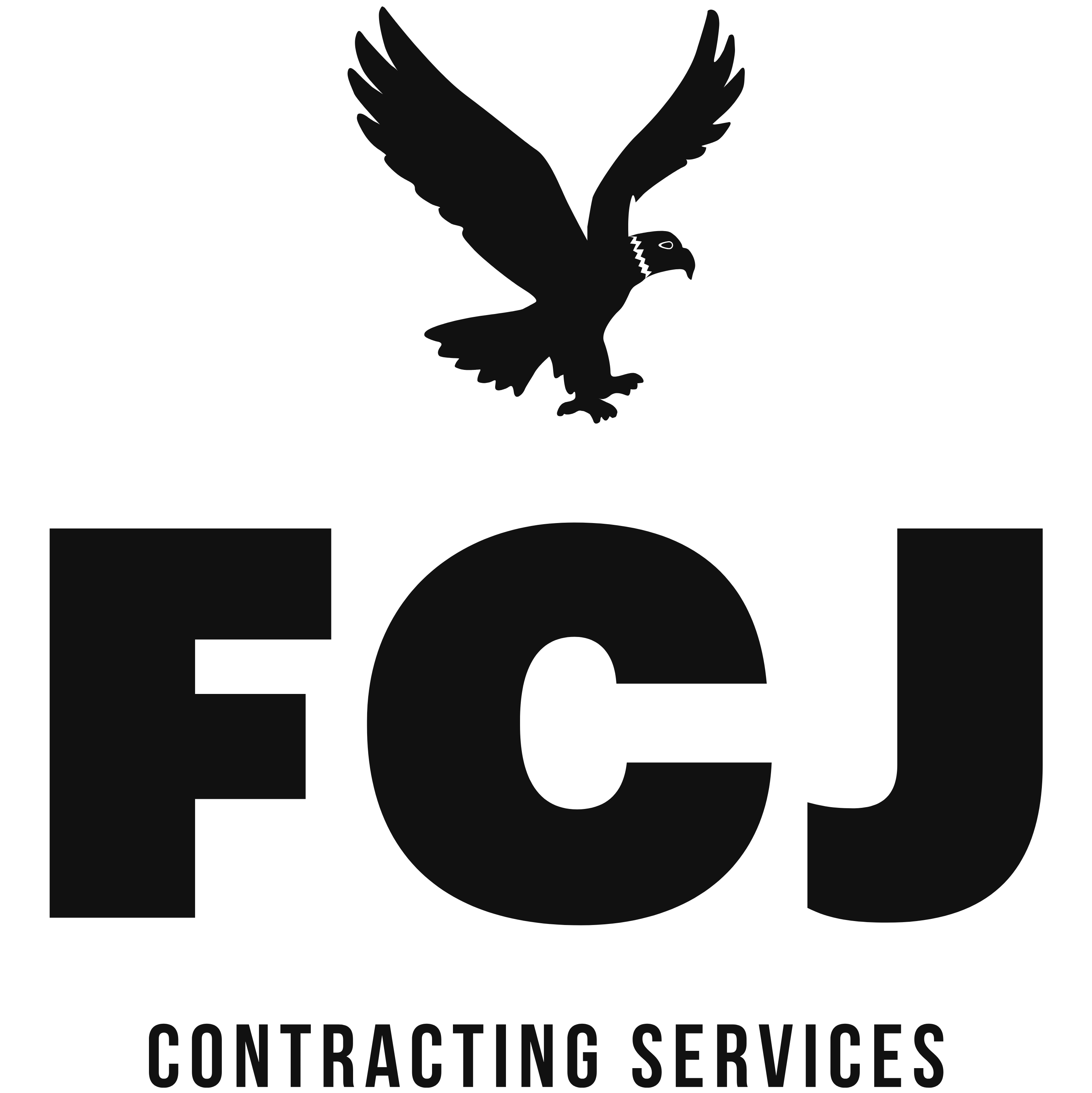
Heating, ventilation, and air conditioning (HVAC) systems account for around 39% of a facility’s energy consumption. In government and commercial buildings, this poses both a challenge and a significant opportunity: by optimizing HVAC design and operation, organizations can unlock 30–60% energy savings.
1. Efficiency Meets Compliance
High-performance HVAC systems in government facilities are engineered for efficiency, reliability, and regulatory compliance. For instance, the Edith Green–Wendell Wyatt Federal Building achieved an impressive 60–65% reduction in energy use through hydronic radiant heating/cooling and system modernization.
2. Integrated Smart Controls
Smart Building Automation Systems (BAS) and Demand-Controlled Ventilation (DCV) enable real-time control over HVAC performance and indoor air quality. BAS can manage up to 70% of total building energy usage, offering powerful tools for lowering operational costs. DCV adjusts airflow based on occupancy, preventing wasted energy in underused spaces.
3. Heat Recovery & Energy Reuse
Technologies like Heat Recovery Ventilation (HRV)—which recover 60–95% of exhaust heat—significantly cut heating and cooling loads. As a result, HVAC equipment can be downsized, reducing both installation costs and energy consumption.
4. Occupant Comfort and Health
Efficient HVAC systems not only save energy but also improve indoor air quality and thermal comfort. These upgrades are increasingly prioritized in government buildings, with optimized HVAC systems proven to enhance occupant well-being and reduce long-term operating expenses.
5. Cost-Effective ROI
Many HVAC upgrades—like efficient equipment, controls, and insulation—are considered “low-hanging fruit”, offering a 3–5 year payback with minimal investment. Government agencies can also take advantage of grant funding and tax incentives to accelerate these projects.
FCJ Contracting Services: Your HVAC Partner for Efficiency & Compliance
At FCJ Contracting Services, we combine advanced engineering with smart HVAC technologies—such as BAS, DCV, HRV, and renewable integration—to deliver energy-efficient, compliant solutions for government and commercial facilities. Our team ensures projects are executed on time, within budget, and aligned with sustainability standards like ASHRAE 90.1.

